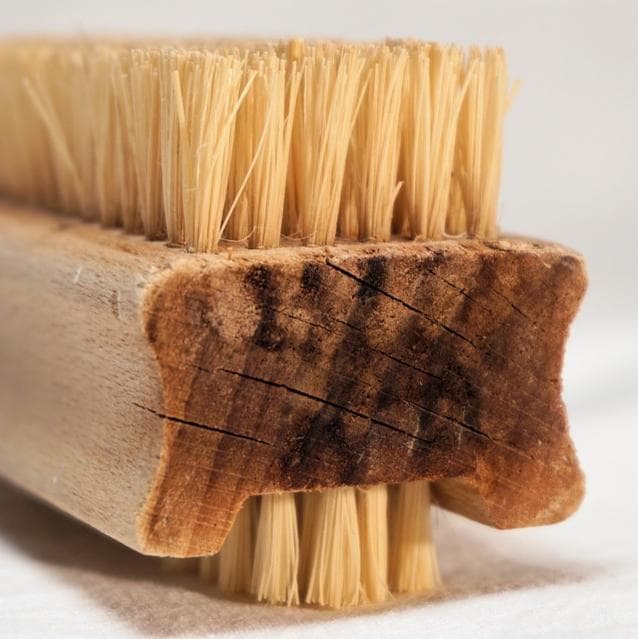Pet Relocation Checklist

- Now is not the time to be washing your pet's favorite blanket, toys or bedding. Don't buy new food dishes to coordinate with your new house. Don't change anything about your pet's habitat and lifestyle unless you absolutely have to. Animals are creatures of habit and the fewer of those habits you try to change during this stressful time the better off your pet will be.
- Don't forget to pack all the toys, even the ones you might be considering throwing away. It might be just the thing your pet needs to calm himself when you arrive at the new house.
- If you've never taken your pet in the car before this isn't the time to teach them how to ride safely. They'll be much too stressed and so will you. Make sure you have carriers. A carrier isn't a punishment, it helps your pets feel safer. You'll be doing them a favor.
- If it's possible, take your dog with you if you visit the new home before you actually move in. If he's already been there to sniff around, then moving day will go much smoother because he'll already be familiar with the new place.
- Bring your pet's food dishes and favorite blanket or bedding with you in the car. You'll need them as soon as you get to the new house. Don't forget his favorite toys, too, and a bottle of water if it's going to be a long ride. But no snacks unless your pet is already comfortable riding in a car.
- Make sure your pet has a drink of water before you leave but limit the amount of food he eats. Some pets get an upset tummy when they travel or they're stressed.
- Animals get irritable without exercise, too. If you're feeling claustrophobic during a long car ride your pet probably is too. Everybody out for some fresh air and a walk!
- All that running in and out with furniture and boxes is going to make your pets nervous. Even the crinkling of all that packaging will frighten your pet. Before you even start bringing things in, set up a little out-of-the-way place for your furry friend so he can feel safe. Give him a small amount of food to start with, and plenty of fresh water and tuck him in his favorite blanket or bed. If your pet feel safer in his carrier, then so be it. The safer your pet feels, the calmer he'll be.
- As soon as you find out you're moving to another state, and especially it you're moving to another country, contact the USDA to find out about the requirements for relocating your pet to this new area. Requirements differ from state to state and country to country and your vet will not have all of the necessary information. Note that in some instances your pet may be required to have certain vaccines or inoculations at least 6 months before relocation so this should be the first thing you do as soon as you find out you're moving.
- While it may not be necessary for you to actually take your pet to the veterinarian right away, it might take you some time to find a vet who is qualified to inspect your pet before you relocate to another country. The USDA states that only veterinarians who are accredited through NVAP are permitted to complete the official health certificates that are required before you can export your pet.
- Especially if it's getting close to the time for your pet's annual vaccinations. That way you won't have to try to hurry and find a vet in your new city. Get all of your pet's past medical information and make sure your vet gives your pet everything that's required for by your new state or country. Do NOT let him tell you that he thinks a particular shot is unnecessary. It's not up to him to decide.
- While you're getting all the necessary documents and vaccines, also ask your vet about air travel. Does he think your pet will need a tranquilizer? Does he think your pet is healthy enough to make the trip? Does he have any special recommendations for YOUR pet to help make the trip easier for him.
- Whether you're ready to make your reservations or not, contact the airport immediately too. Some airlines restrict pets on board during certain times of the year because of the excessive heat in the cargo hold.
- Check with your airline first to see if they have any requirements regarding the type of crate you use. You'll want to secure copies of all your pet's records directly to the crate as well as keep a second copy for yourself. Put your pet's favorite blanket or an old shirt or towel in the crate to help him stay comfortable and do not sedate your pet unless your vet recommends it. Your pet will be better able to regulate his body temperature if he's not sedated.
- When you're speaking with the airline ask about the quarantine policy and how it affects layovers. In some countries, if you have to layover more than 24 or 48 hours there are additional requirements for pets.
- Not all countries are pet friendly. And not all areas of some cities are pet friendly. Make sure you research the area you're planning to move to to find out their feelings on pets.
- Most foreign countries will require that you pet be quarantined for a certain amount of time before they're permitted into the country. This can be very costly, not to mention that fact that you could be separated from your pet for up to 6 months. The USDA will be able to tell you about these requirements and in some cases it's acceptable to quarantine your dog at home with you before you move.
- Different countries have different laws and some countries may require that your dog be muzzled when out on the street. Some may have laws regarding what time of day you can walk your dog. Don't risk losing your pet because you don't know what the laws are.
- Again this is going to be a very stressful time for your friend and pets can get airsick, too.
- Especially if you're moving to another country. There are so many different rules from one country to another and so many things that could go wrong. A pet relocation service can coach you every step of the way and even take care of the transportation for you. If you love your pets as much as I love mine I'm sure you want to avoid a long, or possibly permanent, separation. If the items on our Pet Relocation Checklist seem overwhelming to you now, they'll only be more so when you get closer to your travel date. Contact a Pet Relocation Service to make the transition easier for you and your fuzzy friend.
Details
There's enough to worry about when it comes time to move so we've put together a pet relocation checklist to help make the move easier for you and your furry friend both to handle. Moving your family, whether it's across town or around the world, is stressful enough but if your pet is overly stressed to the results could be disastrous. Most animals are very territorial so when you move them away from their “turf” so to speak, it's going to create a lot of stress for them. But if you follow this checklist, you will be able to eliminate most problems and your four-legged friend will be much happier and easier to get along with. Make sure you carefully read our pet relocation checklist to ensure your pet makes an easy transition to his new home.
Tips
Whether your pet is a cat, a dog, a bird, a goldfish or a miniature pig, it relies on you to take care of it. Animals in the wild don't have to worry about silly little things like being uprooted from their home so you're pet isn't going to know how to cope with this new turn of events. Yes, even your little hamster will need extra care and attention during this stressful time. If you're moving just across town that's one thing. Your pets can travel with you in the car and that will help a lot toward relieving their anxiety. If you be traveling a long distance that requires traveling by airplane, you'll need to make some special arrangements for you buddy. And if you're planning a really big move to a different country entirely, then you need to start making plans as soon as possible.









